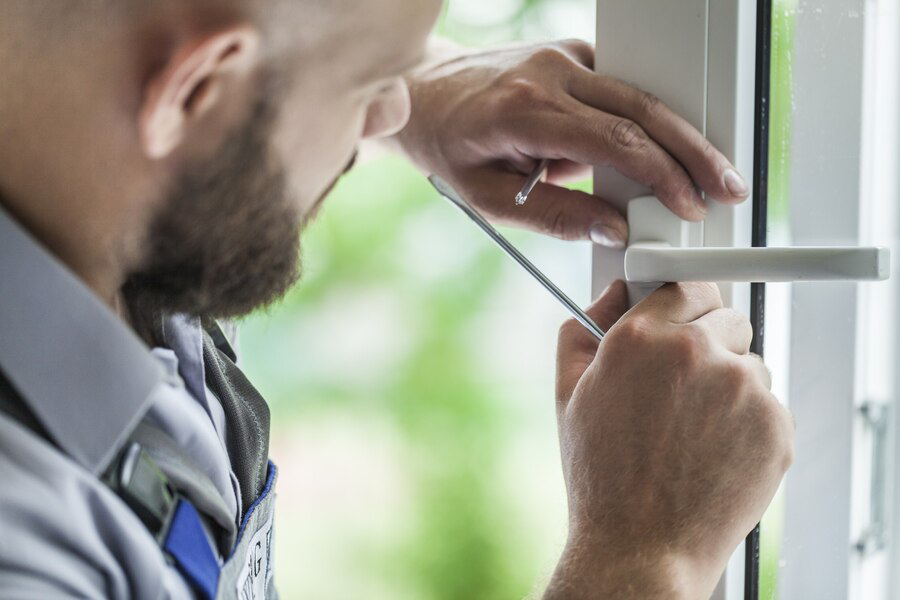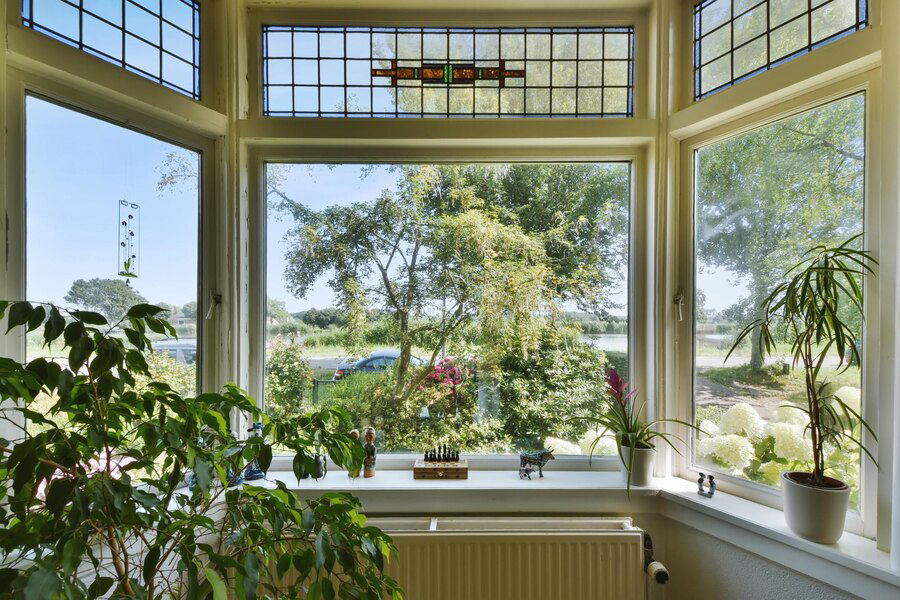
Window Companies 101: Everything You Need to Know
Understand the essentials of hiring window companies for renovations.
When it comes to home improvement, windows often don’t get the attention they deserve. They are a vital part of your home’s aesthetic, energy efficiency, and overall comfort. Quality windows can transform your living space by providing natural light, ventilation, and insulation, thus reducing energy bills and enhancing your home’s curb appeal. Choosing the right window company is crucial to ensure you get high-quality products and professional installation. In this comprehensive guide, we’ll walk you through everything you need to know about window companies, covering types of windows, materials, ratings, and tips for selecting the best company for your needs.
Why Windows Matter
Windows are a crucial element of any home, significantly impacting its overall ambiance and functionality. They bring in natural light, creating a brighter, more inviting space while also improving the aesthetic appeal both inside and out. Properly chosen windows can complement the architectural style of your home, enhancing its visual charm and increasing its market value.
Beyond aesthetics, windows play a vital role in energy efficiency and comfort. Quality windows provide insulation, helping to maintain a consistent indoor temperature, reducing the need for excessive heating or cooling, and thereby lowering energy bills. Additionally, they improve ventilation and air quality, and when equipped with noise-reducing features, they can turn your home into a peaceful retreat.
Types of Windows
There are several types of windows, each with its own set of benefits. Here are some of the most common ones:

Single-Hung Windows
Single-hung windows have a fixed upper sash and a movable lower sash. They are straightforward, cost-effective, and easy to install.
Double-Hung Windows
Double-hung windows feature two movable sashes (upper and lower), allowing for better ventilation. They are versatile and can be tilted for easy cleaning.
Casement Windows
Casement windows are hinged on one side and open outward with a crank. They offer excellent ventilation and unobstructed views.
Sliding Windows
Sliding windows have one or more movable panels that glide horizontally. They are easy to operate and perfect for wide openings.
Awning Windows
Awning windows are hinged at the top and open outward. They are ideal for areas that need extra ventilation and light, even during rain.
Bay and Bow Windows
Bay windows protrude from the exterior wall, creating a small nook inside. Bow windows are similar but have a more rounded appearance. Both types add a touch of elegance and extra space.
Picture Windows
Picture windows are large, fixed windows that offer expansive views. They don’t open but provide plenty of natural light.
Skylights
Skylights are installed in the roof and provide natural light from above. They can dramatically brighten a room and offer a unique design element.
Window Materials
The material of your windows greatly influences their performance, durability, and maintenance needs. Vinyl windows are popular for their affordability and low maintenance, as they resist moisture and don’t require painting. Wood windows offer a timeless, classic look and excellent insulation but need regular upkeep to prevent rot and weather damage. Aluminum windows are strong and lightweight, making them ideal for large openings, though they are less energy-efficient.
Fiberglass windows are known for their durability, energy efficiency, and minimal maintenance, and they can be painted to suit your home’s decor. Composite windows combine materials like wood and resin, offering the strength and appearance of wood with the low maintenance of vinyl, making them a versatile and robust option.
Understanding Window Ratings and Certifications
Understanding window ratings and certifications is essential for making an informed decision. The U-factor measures a window’s insulation capability; lower values indicate better insulation, crucial for maintaining indoor comfort and reducing energy bills. The Solar Heat Gain Coefficient (SHGC) indicates how well a window blocks heat from sunlight; lower values are ideal for hot climates, while higher values benefit colder areas.
Certifications like Energy Star and the National Fenestration Rating Council (NFRC) provide reliable indicators of a window’s performance. Energy Star certification ensures the window meets stringent energy efficiency criteria, while NFRC labels provide comprehensive ratings on U-factor, SHGC, and other metrics. These certifications help you choose windows that enhance energy efficiency, comfort, and overall home performance.
Choosing the Right Window Company
Now that you know about types of windows and materials, let’s talk about how to choose the right window company. Here are some factors to consider:
- Reputation : Look for companies with a solid reputation. Read online reviews, ask for references, and check their rating with the Better Business Bureau.
- Experience : Experience matters. Companies that have been in business for a long time are more likely to provide quality products and services.
- Product Selection: A good window company should offer a wide range of products to meet your needs. They should have various styles, materials, and brands to choose from.
- Certifications and Licenses: Ensure the company is properly licensed and certified. This can include manufacturer certifications, which indicate they are trained to install specific brands.
- Warranty: A solid warranty is a sign of confidence in the product and installation. Look for companies that offer comprehensive warranties on both materials and labor.
- Customer Service: Pay attention to customer service. A good company should be responsive, helpful, and willing to answer all your questions.
- Price: While price is important, it shouldn’t be the only factor. Cheap windows may save you money upfront but could cost more in the long run due to poor performance and durability.
The Window Installation Process
The window installation process is a detailed procedure that ensures your new windows function properly and enhance your home. It begins with an initial consultation where a professional evaluates your needs, takes precise measurements, and provides a detailed estimate. This step is crucial for understanding your options, setting a budget, and planning the project timeline.
On installation day, the team will carefully remove your old windows, prepare the openings, and install the new windows, ensuring they are level, secure, and properly sealed. After installation, they conduct a thorough inspection to confirm everything is functioning correctly and review maintenance tips with you. This meticulous approach ensures your windows offer optimal performance and longevity.
Maintaining Your Windows
Maintaining your windows is essential for ensuring their longevity and performance. Regular cleaning is key—use a mild detergent and water to remove dirt and grime, avoiding abrasive cleaners that can damage the finish. Additionally, inspect seals and weatherstripping for signs of wear or damage and replace them as needed to maintain energy efficiency and prevent drafts.
Periodically check for any signs of damage, such as cracks, rot, or condensation between panes. Addressing these issues early can prevent more significant problems. Lubricate moving parts like hinges and tracks to ensure smooth operation. For wood windows, repainting or refinishing every few years protects against weather damage and keeps them looking their best.
Conclusion
Choosing the right windows and window company is essential for enhancing your home’s comfort, energy efficiency, and aesthetic appeal. EZ Window Solutions of Youngstown offers a wide range of quality products and professional installation services. For personalized advice and top-notch service in Youngstown, call +13303336295. Trust us to transform your home with beautiful, efficient windows.


















Recent Comments